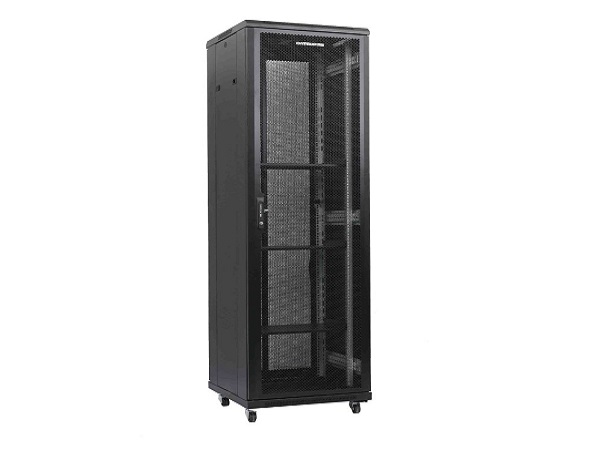News
Site Editor
 Site
https://leonetworkgroup.usa18.wondercdn.com/uploads/image/5fe152faa587d.png
A network patch panel is an essential component of a structured cabling system, which helps to organize and manage a large number of network cables. It serves as a central connection point for all the incoming and outgoing network cables from various network devices, such as computers, routers, switches, and servers.A patch panel typically consists of a metal frame with multiple ports that house t
Site
https://leonetworkgroup.usa18.wondercdn.com/uploads/image/5fe152faa587d.png
A network patch panel is an essential component of a structured cabling system, which helps to organize and manage a large number of network cables. It serves as a central connection point for all the incoming and outgoing network cables from various network devices, such as computers, routers, switches, and servers.A patch panel typically consists of a metal frame with multiple ports that house t
What Is A Network Patch Panel
Views: 463
Author: Site Editor
Publish Time: 2023-07-14
Origin: Site
A network patch panel is an essential component of a structured cabling system, which helps to organize and manage a large number of network cables. It serves as a central connection point for all the incoming and outgoing network cables from various network devices, such as computers, routers, switches, and servers.
A patch panel typically consists of a metal frame with multiple ports that house the network cables. Each port on the panel is connected to a specific network location, such as a workstation, server room, or another patch panel. The cables are neatly arranged and labeled, making it easier to trace and troubleshoot network connectivity issues.
Patch panels come in various sizes, ranging from small panels with a few ports to larger ones that can accommodate hundreds of cables. They are typically installed in a dedicated server room or wiring closet and are best placed in a convenient and accessible location.
A patch panel has several advantages, which include:
1. Simplified Cable Management - A patch panel makes it easier to organize and manage the network cables. It keeps all the cables organized and eliminates the need for loose cables, which can be confusing and difficult to manage.
2. Flexibility - A patch panel allows easy reconfiguration, replacement, and addition of new network devices without disassembling the whole network. This flexibility facilitates network upgrades and maintenance, ensuring minimum downtime.
3. Increased Network Performance - Patch panels provide a higher level of connectivity and performance, as they reduce signal loss and interference by minimizing the number of connections between devices.
4. Cost-Effective - Patch panels are a cost-effective solution for managing network cables, as they eliminate the need for expensive cable runs and minimize cable wastage.
5. Enhanced Security - Patch panels allow easy separation of critical network components, such as switches, servers, and routers, from the user's network equipment, enhancing security and preventing accidental damage to the devices.
In conclusion, a network patch panel is a crucial component in a structured cabling system. It provides a centralized connection point for all the network cables, simplifies cable management, provides flexibility, improves network performance, is cost-effective, and enhances security. Choosing the right patch panel for your network requirements is essential for optimal performance and uptime.
If you want to know more about industrial network cabinet,china fiber optic splice closure,china fiber optic distribution box,please consult the fiber optic splice closure factory









